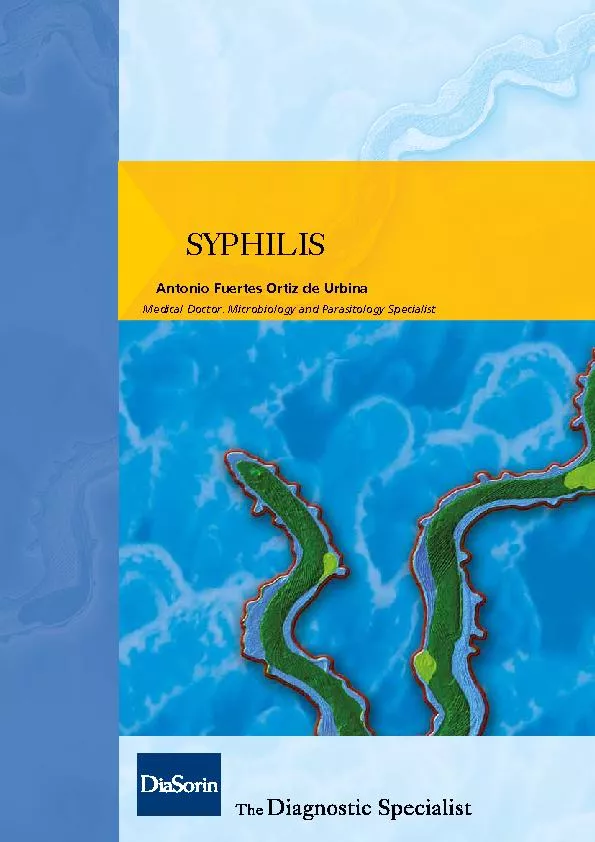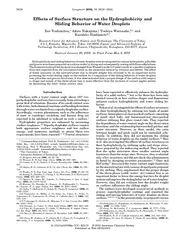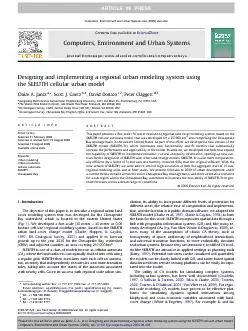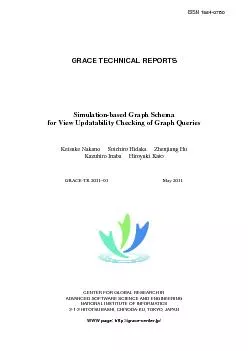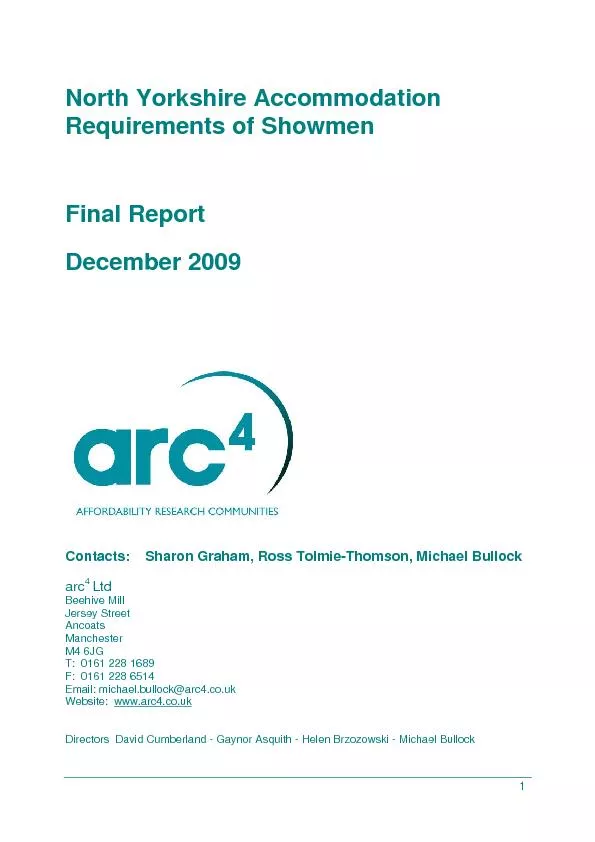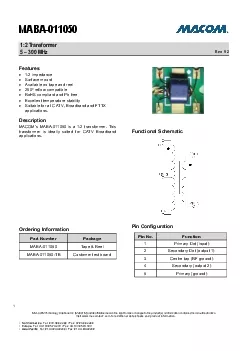PDF-13040 Saluggia (VC) – Italy Tel. +39.0161.487093 – Fax: +39.
Author : tatiana-dople | Published Date : 2016-08-11
SYPHILIS Antonio Fuertes Ortiz de UrbinaMedical Doctor Microbiology and Parasitology Specialist Microbiological diagnosisTreatment monitoring Antonio Fuertes Ortiz
Presentation Embed Code
Download Presentation
Download Presentation The PPT/PDF document "13040 Saluggia (VC) – Italy Tel. +3..." is the property of its rightful owner. Permission is granted to download and print the materials on this website for personal, non-commercial use only, and to display it on your personal computer provided you do not modify the materials and that you retain all copyright notices contained in the materials. By downloading content from our website, you accept the terms of this agreement.
13040 Saluggia (VC) – Italy Tel. +39.0161.487093 – Fax: +39.: Transcript
Download Rules Of Document
"13040 Saluggia (VC) – Italy Tel. +39.0161.487093 – Fax: +39."The content belongs to its owner. You may download and print it for personal use, without modification, and keep all copyright notices. By downloading, you agree to these terms.
Related Documents

